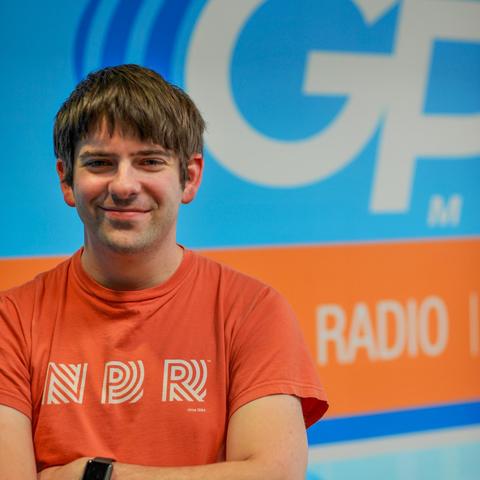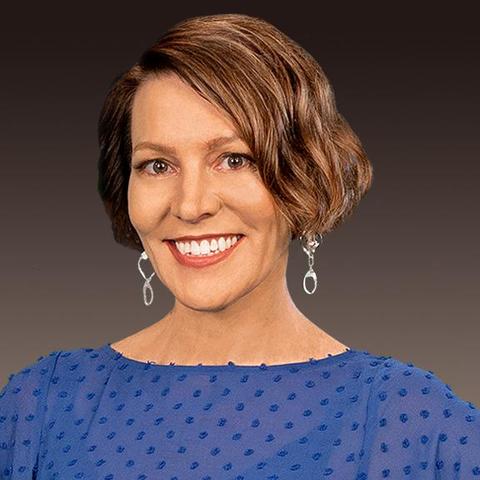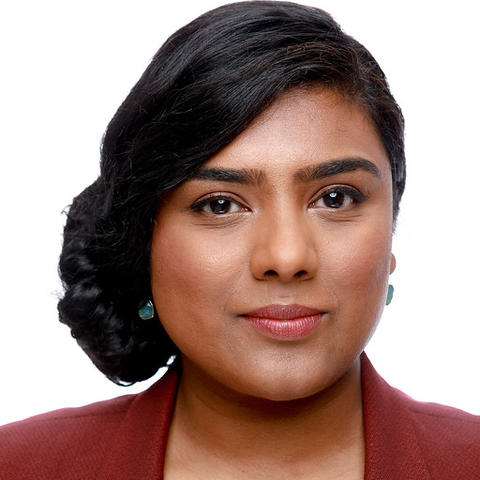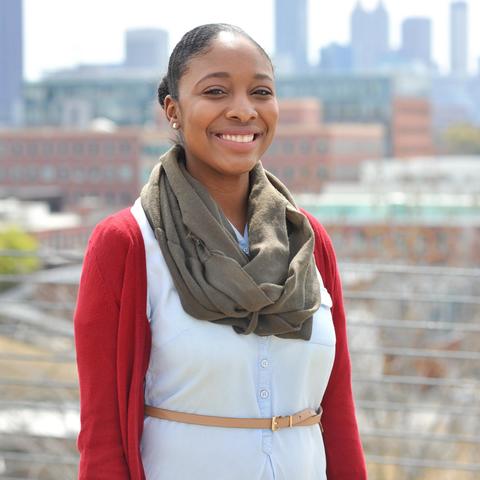Section Branding
Header Content
On Second Thought For Tuesday, June 12, 2018
Primary Content
The Centers for Disease Control and Prevention in Atlanta says suicide is the 10th leading cause of death in the United States, and according to a new report, the number of people who take their own lives has risen substantially since 1999. Per the report, nearly 45,000 Americans age 10 or older took their own lives in 2016. Georgia alone saw a 16 percent increase in suicides from 1999-2016. Emory University professor Nadine Kaslow and Doreen Marshall of the American Foundation for Suicide Prevention say more needs to be done to prevent these tragedies.On Second Thought for Tuesday, June 12, 2018.
Schrence Echols of Fairburn, Georgia, lost her son Marquise Tolbert in 2012, when Tolbert took his own life. Tolbert's death came after he went on leave from military school near Augusta, Georgia. Echols shared her son's story with On Second Thought host Virginia Prescott.
When fashion designer Kate Spade died last week of an apparent suicide, there was an outpouring of grief, from Twitter to the front page of the New York Times. "Buying a Kate Spade handbag was a coming-of-age ritual for a generation of American women," declared the Times. But as journalist Farai Chideya pointed out in a now-viral Twitter thread, the purchase of an exclusive, luxury accessory couldn't actually have been a common experience for an entire generation of American women. And in a time when audiences fragment toward ideologically-based publications, Chideya says, the "false universality" of the Times's language is one luxury American journalism can't afford.
Morehouse College in Atlanta is one of the nation’s most renowned and distinguished historically black colleges. Now it’s recruiting non-black students. Tiago Rachelson, who is white, is one of them. His experiences at the HBCU, along with the reactions of black students at Morehouse and the Atlanta University Center, are documented in a new documentary series on VICE.com. It’s called “Minority Reports." The producer, Lee Adams, told us why he chose to tell this story, and how the presence of non-black students at HBCUs could change what have historically been safe spaces for black students.





